Flavor difference between Honduran whisky barrel Shirley and brandy barrel litchi orchid coffee
Professional coffee knowledge exchange more coffee bean information please follow the coffee workshop (Wechat official account cafe_style)
Coffee bean wine barrel fermentation is a new treatment method that has emerged in recent years, and the coffee beans fermented in wine barrel will have an unprecedented flavor and taste experience. As the technology becomes more and more mature, the barrel fermentation method is becoming more and more popular. The barrel fermentation treatment of coffee beans on the front street has always been a favorite of Qianjie fans, especially two kinds of beans from Honduras, one is whisky barrel fermented Shirley, the other is brandy barrel fermented litchi orchid.
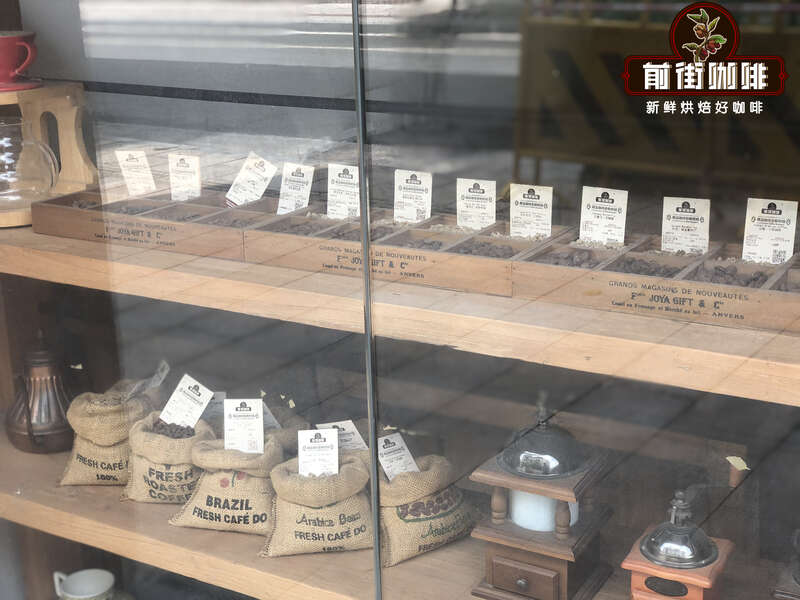
Honduras
Honduras is located in the north of Central America, bordered by Nicaragua and El Salvador in the east and south, and Guatemala in the west, mostly mountains and plateaus, about 1500 meters above sea level, with a tropical climate, with an average temperature of 16 mi 20 ℃ and abundant rainfall, which is conducive to the cultivation of coffee. Coffee in Honduras is grown mainly in a small family model, of which 70% of small farms are less than 2 hectares.
The coffee industry in Honduras is relatively late, but it has a tendency to catch up, with coffee production surpassing that of Guatemala in 2011. Qianjie has compared the coffee beans of these Chinese and American countries, they all have a common flavor characteristic: flower and fruit aroma and soft fruit juice. Although the flavor of Honduran coffee will be similar to that of neighboring countries, Honduran coffee can feel the elements of exotic spices in the aroma, the latter part will be full-bodied with nut chocolate, and the overall performance will be balanced and layered.

Two Honduran barrels of fermented coffee beans on the front street come from the Massala Guamoca estate.
Masaguara is a municipality in the province of Intibuc á in Honduras, south of the Jes ú sdeOtoro valley, surrounded by mountains and hills, focused on coffee growers and the main engine of the local economy. The area corresponding to the valley is dedicated to growing basic grains and livestock. The origin of his name: according to Mr. AlbertoMembreo's "indigenous place name", Masaguara means "place with deer". Moca Manor is just a small estate in the high altitude area of Masaguarari.
The principle of barrel fermentation
The fermentation method of Honduran coffee bean wine barrel is inspired by wine fermentation technology. in the process of coffee fermentation, the barrel can let a very small amount of air pass through the barrel wall and infiltrate into the barrel to produce moderate oxidation of coffee beans. the entry of the right amount of oxygen also accelerates the fermentation of coffee and silky tannins, while at the same time, the aroma of fresh fruit gradually brews into rich and changeable mature wine, and the moderate hardness of the barrel. To ensure good waterproof and storage safety, in addition, the barrel contains a certain amount of tannin, when the raw coffee beans in the storage process, the barrel of tannin will also infiltrate into the raw beans inside, so that the coffee has a sense of hierarchy and coffee has a strong aroma.

Whisky barrel fermentation
The sherry beans on the front street are fermented in a delicate water-washed whisky sherry barrel. The freshly picked coffee fruit is carefully washed, then put into a barrel ripe into sherry and fermented at a low temperature for 30-40 days (about 15-20 ℃), before drying in the shade. Shirley buckets are used by the Sherry winery in the whisky industry to make aged buckets. Sherry goes through the ripening process of Solera system Solera System in the process of brewing sherry. This process refers to the process of mixing and aging different vintages of sherry after strengthening, which is also the unique feature of the formation of sherry flavor.

Front Street Coffee Shirley of Moca Manor, Honduras
Producing area: Masaguara
Manor: Moca Manor
Altitude: 1500-1700m
Variety: Kaddura, Kaduai, Pacas
Treatment: fine washing + whisky sherry barrel fermentation
Brandy barrel fermentation
The lychee orchid beans in the front street are fermented in a delicate water-washed brandy barrel. First, the freshly picked coffee fruits are carefully washed, then put into brandy oak barrels and fermented at low temperature for 30-40 days (about 15-20 ℃), so that the coffee beans absorb the flavor of the barrel, and finally dry in the shade. After brandy barrel fermentation, the beans have soft lychee and honey aromas, combined with alcoholic brandy and oak aromas.
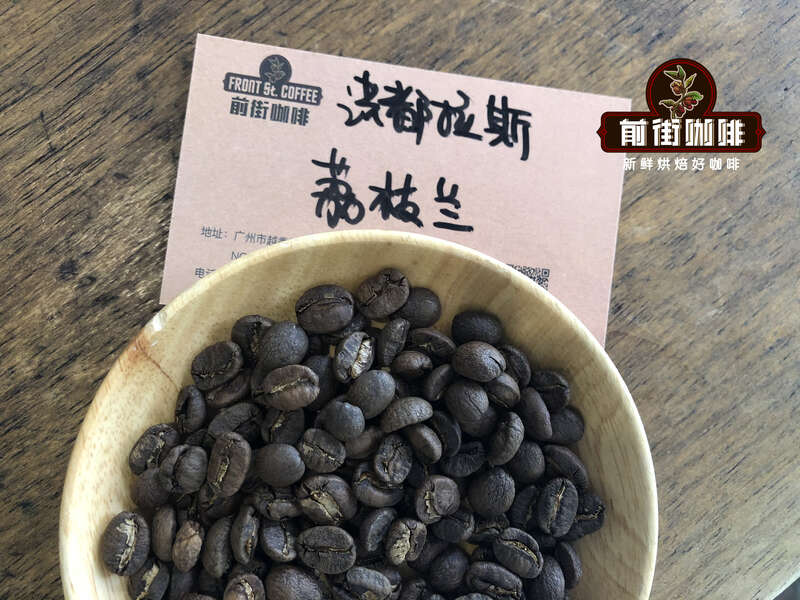
Qianjie Coffee Lizhi Orchid Manor Moca Manor, Honduras
Producing area: Masaguara
Manor: Moca Manor
Variety: Kaddura Kaduai
Altitude: 1500-1700m
Treatment: fine washing + brandy barrel fermentation
Coffee variety
Kaddura, a natural variety of Arabica variety bourbon, was discovered in Brazil in 1937. Its tree is not as tall and shorter as bourbon. Due to inheriting the blood of bourbon, the disease resistance is relatively weak, but the yield is higher than that of bourbon. Although found in Brazil, Kaddura is not suitable for growing in Brazil, so it is not planted on a large scale in Brazil, but is popular in Central and South America, such as Colombia, Costa Rica and Nicaragua. Kaddura is widely planted in Brazil.

Kaduai is an artificial hybrid of Kaddura and Mondu Novo. Kaduai has a good ability to resist natural disasters, especially wind and rain. Kaduai tree species are relatively low, compared with other coffee trees, the fruit of Kaduai is stronger and harder to pick. The fruit is both red and yellow. So far, it has not been found that yellow fruit tastes better than red fruit. On the contrary, some people found in the cup test that although the coffee processed by some yellow fruits has good acidity, the cleanliness of the coffee taste is worse than that of the red fruit.
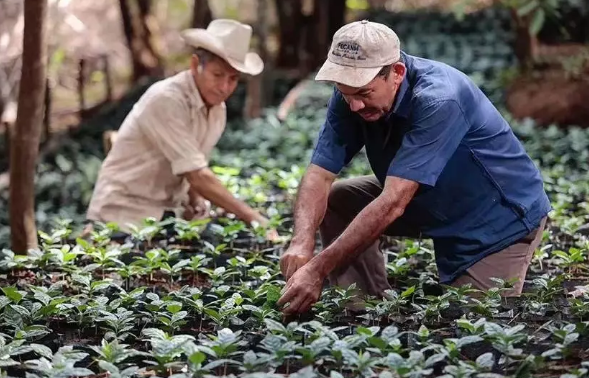
Pacas is a natural variety of bourbon. Like other widely cultivated bourbon varieties, Pacas is a single gene mutation. It is mainly characterized by small coffee trees and high yield potential, which can be mixed with other fruits and other plants to increase the yield of coffee cherries. The variety was found in 1949 on a farm of the Pacas family in the Santa Ana region of El Salvador. In 1960, the Salvadoran Coffee Institute (ISIC) began a pedigree selection project for Pacas (through successive generations of individual plant selection, also known as individual plant selection). It is popular in Central America and widely cultivated in El Salvador, accounting for about 25% of its production. In 1974, the Honduran Coffee Institute introduced this variety and planted it in Honduras.
Qianjie baking suggestion
In order to highlight the flavor and balance the overall performance of this lychee orchid coffee bean, the Qianjie baker chose cinnamon baking. The soya bean temperature is 220 ℃, the yellowing point is 5: 50 ", the yellow point is 152.6 ℃, the first burst point is 9 times 39 ℃, the burst point is 18 3 ℃, and the development after one explosion is 2 cycles 39 10", 195 ℃ out.

In order to highlight the flavor and balance the overall performance of this Shirley coffee bean, the Qianjie baker chose cinnamon baking. Furnace temperature. When the furnace temperature is 140℃, the throttle will be opened to 4, the firepower will remain unchanged; when the furnace temperature is 151.8 ℃, the bean meter will turn yellow, the smell of grass will disappear completely, and enter the dehydration stage. When the furnace temperature reaches 151.8 ℃, the firepower will be adjusted to 120,120 and the throttle will remain unchanged.
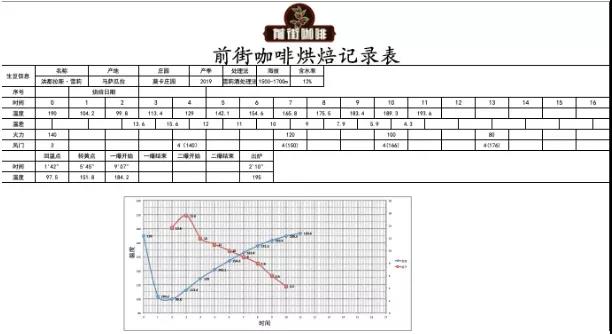
Qianjie Cup test report

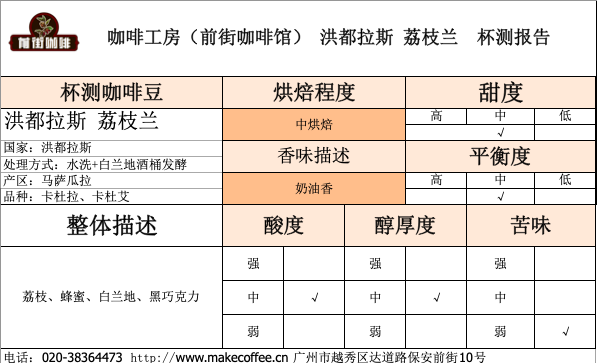
Qianjie cooking parameters
Filter cup: V60
Water temperature: 91 degrees
Powder content: 15g
Ratio of powder to water: 1:15
Degree of grinding: fine sugar size (20 sieve bowl sieve powder to 80%)

Qianjie cooking technique: the first section is filled with 30 grams of water for 30 seconds, then 95 grams (about 125 grams shown by the electronic scale) is injected, and the injection is completed in about 1 minute. When the water level drops to 2 grams in the powder layer, the remaining 100 grams (about 225 grams shown by the electronic scale) are injected in about 1 minute and 35 seconds. 2: 04 "trickling is completed, remove the filter cup and complete the extraction.
Shirley cooking flavor: it smells of vanilla and cream, with whisky, berries, almonds and dark chocolate in the mouth, and maple syrup in the finish.
Litchi orchid cooking flavor: imported litchi, brandy, cream, with the change of temperature, wine and dark chocolate obvious, taste thick, aftertaste honey is obvious.
For more boutique coffee beans, please add private Qianjie coffee on Wechat. WeChat account: kaixinguoguo0925
Important Notice :
前街咖啡 FrontStreet Coffee has moved to new addredd:
FrontStreet Coffee Address: 315,Donghua East Road,GuangZhou
Tel:020 38364473
- Prev
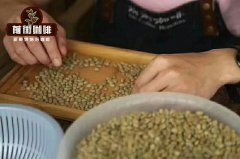
Q-Grader How do you grade raw beans? How can coffee producers improve cup testing? Coffee scoring criteria
In the specialty coffee industry, high quality coffee is cupped and scored by a tasting/grading expert or Q grader. These scores serve as quality control for the industry; they allow producers to determine whether their coffee is premium or commodity and charge accordingly. Since cup test scores affect the value of coffee, they are very important indicators. some recognition
- Next
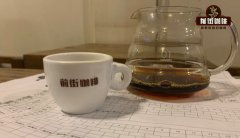
What are the differences between European and American coffee cultures? What is the difference in coffee habits between the United States and Europe?
As we all know, the coffee markets in the United States and Europe are very different. Import and consume a lot of coffee. The level of ICO consumption in 2019 / 20 shows that Europeans consumed about 2.7 billion kg, while the United States consumed about 1.7 billion kg. Between them, the United States and Europe account for almost 40% of all coffee consumption on the planet. However, despite the large number, coffee culture exists in two places.
Related
- Beginners will see the "Coffee pull flower" guide!
- What is the difference between ice blog purified milk and ordinary milk coffee?
- Why is the Philippines the largest producer of crops in Liberia?
- For coffee extraction, should the fine powder be retained?
- How does extracted espresso fill pressed powder? How much strength does it take to press the powder?
- How to make jasmine cold extract coffee? Is the jasmine + latte good?
- Will this little toy really make the coffee taste better? How does Lily Drip affect coffee extraction?
- Will the action of slapping the filter cup also affect coffee extraction?
- What's the difference between powder-to-water ratio and powder-to-liquid ratio?
- What is the Ethiopian local species? What does it have to do with Heirloom native species?

